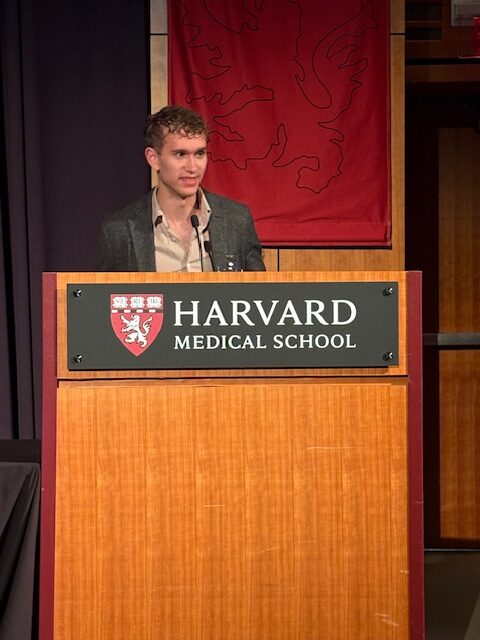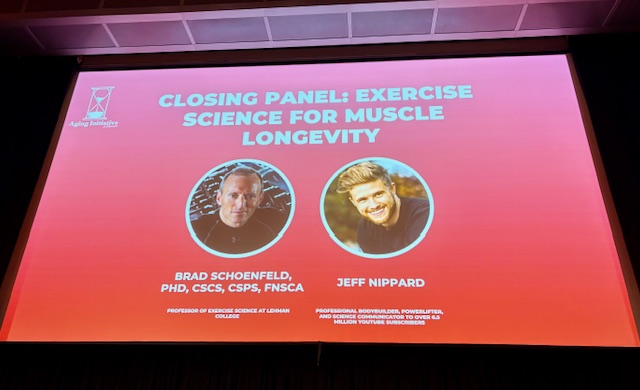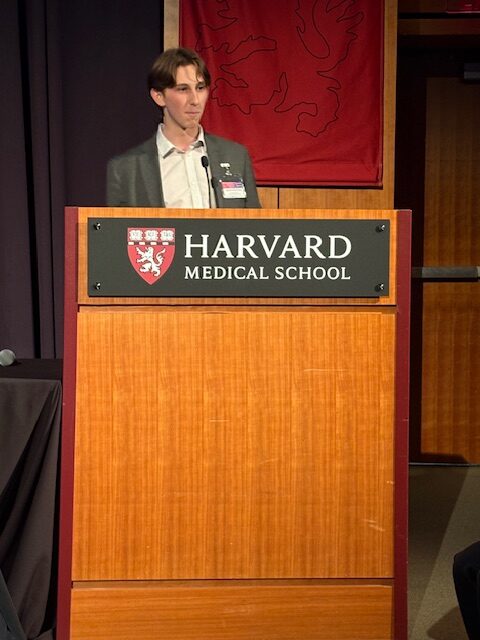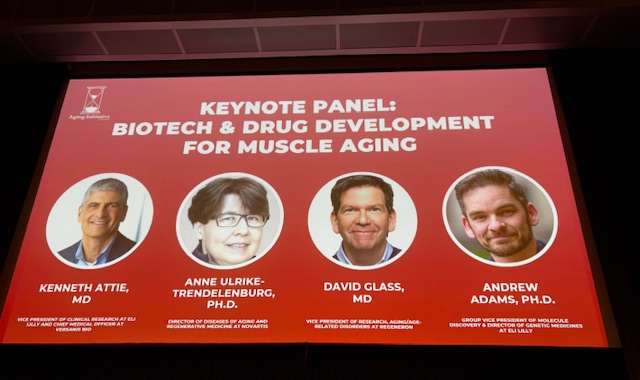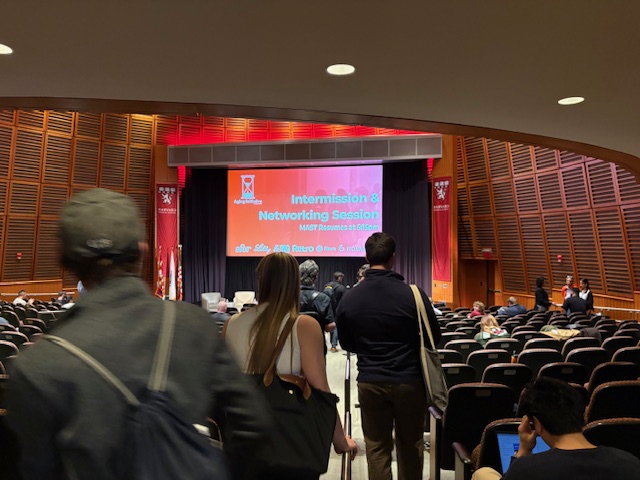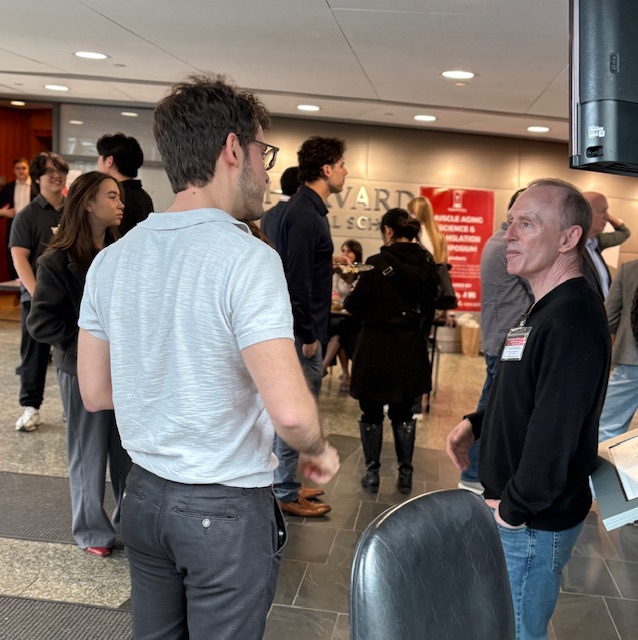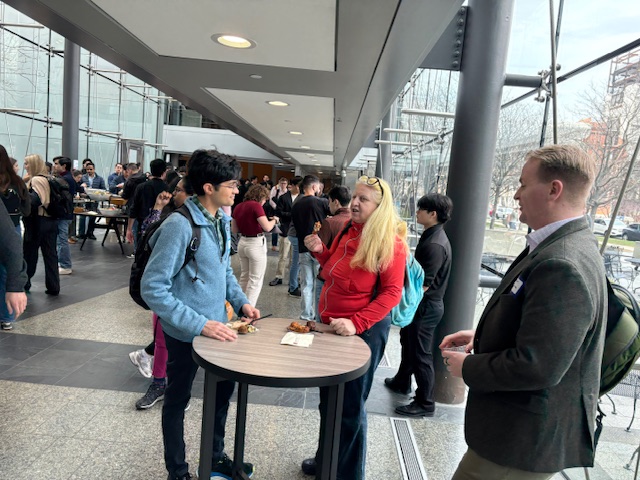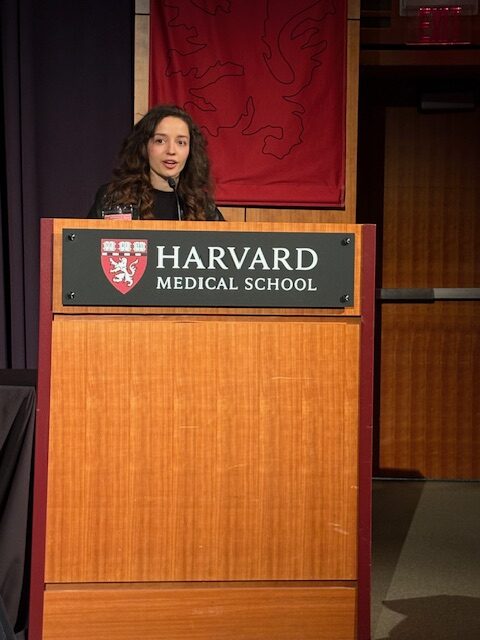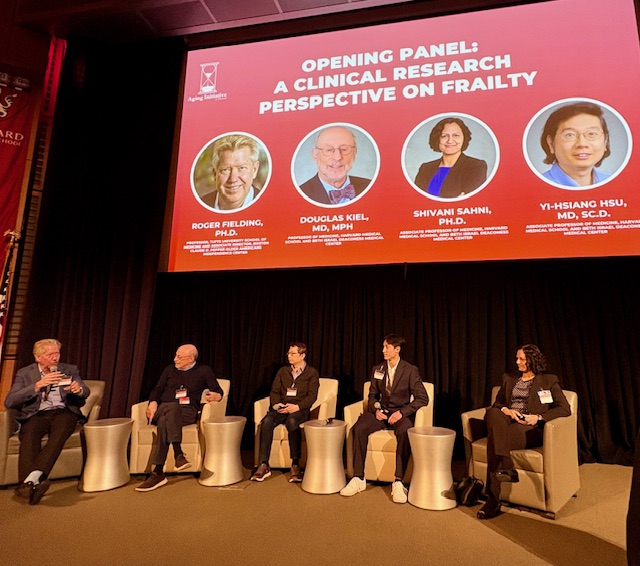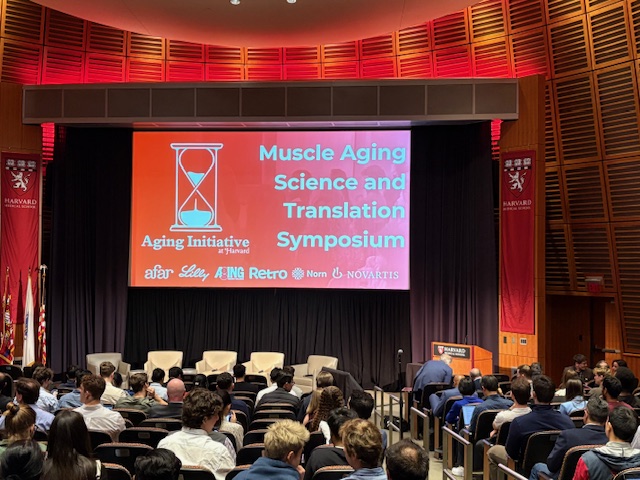“This shift in focus from reactive disease management to proactive healthspan extension is transformative.”
Recent discoveries in aging research reveal a powerful insight: the biological changes that lead to chronic diseases begin far earlier than most people realize—often in midlife, well before symptoms appear. This early phase offers a valuable opportunity for prevention. As highlighted in a recent editorial by Marco Demaria, Editor-in-Chief of Aging and a researcher at the European Research Institute for the Biology of Ageing (ERIBA), University Medical Center Groningen, and the University of Groningen (RUG), the aging process itself – not just the diseases it produces – can and should be a primary focus of healthcare.
The Problem with Traditional Medicine
While modern healthcare has extended lifespan and improved treatment for many diseases, it tends to be insufficient in addressing the complex needs of aging populations. Older individuals frequently experience multiple chronic conditions simultaneously, such as cardiovascular disease, diabetes, cancer, and neurodegenerative disorders. This state of multimorbidity complicates care, increases the use of multiple medications, and reduces quality of life. The dominant traditional healthcare system, which typically begins only after symptoms appear, is costly and insufficient for addressing the interconnected nature of these conditions.
A New Model for Healthcare: Insights from the Editorial
In his recent editorial, “Rethinking healthcare through aging biology,” published in Aging Volume 17, Issue 5, Dr. Demaria outlines a shift from disease-specific treatment to targeting the biological mechanisms of aging itself, a more integrated and forward-looking approach. He presents three evolving healthcare models.
The first is the traditional reactive model, focused on treating diseases after they develop. The second is a proactive model that intervenes after aging-related damage begins but before major diseases appear. Promising therapies in this category include senolytics, which remove damaged senescent cells, and rapalogs, which regulate aging-related pathways. The third model, and the most progressive, calls attention to prevention, acting before damage starts. This approach includes lifestyle choices, early-life interventions, and the use of emerging technologies to monitor biological aging and guide personalized care.
From Treatment to Prevention: Targeting the Root Causes of Aging
Central to the proactive healthspan extension model is the recognition that aging itself drives many chronic diseases. By addressing biological decline early, healthcare can move beyond managing symptoms to truly preventing disease. The goal is not simply to repair damage but to maintain cellular and systemic balance throughout life—supporting longer, healthier lives and reducing the need for intensive treatments later on.
Impact and Implications
This shift holds significant benefits at both individual and societal levels. Early interventions can improve well-being, decrease reliance on medication, and reduce healthcare costs. Preventive healthcare rooted in aging biology offers a more sustainable and efficient system, delaying illness and lightening the burden on healthcare infrastructure. As research and technologies continue to evolve, this model becomes increasingly achievable.
Future Perspectives and Conclusion
Transforming healthcare along these lines will require systemic changes, not only in research funding and policy but also in how future clinicians are trained. Medical education must include aging biology and promote interdisciplinary collaboration to deliver predictive, preventive, and personalized care. As Dr. Demaria emphasizes, focusing on the biology of aging opens the door to a new era in medicine—one that improves not just longevity, but quality of life at every stage. Rethinking the approach to healthcare in this way is not only timely, it is essential.
Click here to read the full editorial published in Aging.
___
Aging is indexed by PubMed/Medline (abbreviated as “Aging (Albany NY)”), PubMed Central, Web of Science: Science Citation Index Expanded (abbreviated as “Aging‐US” and listed in the Cell Biology and Geriatrics & Gerontology categories), Scopus (abbreviated as “Aging” and listed in the Cell Biology and Aging categories), Biological Abstracts, BIOSIS Previews, EMBASE, META (Chan Zuckerberg Initiative) (2018-2022), and Dimensions (Digital Science).
Click here to subscribe to Aging publication updates.
For media inquiries, please contact [email protected].

